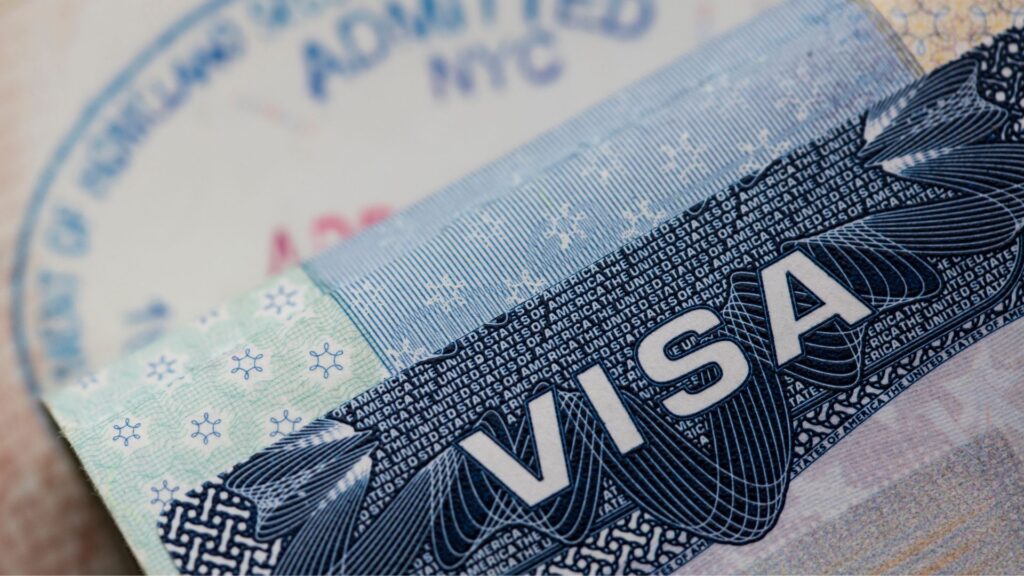Immigrating to the United States is a dream for many, but to make this transition as smooth as possible, it is essential to be well prepared financially. With this in mind, we Planeja USA We created a complete article with some tips on how to prepare financially to immigrate to the United States in a safe, peaceful and planned way.
1. Research the Cost of Living
Before packing your bags, research the cost of living in the city you plan to move to. Large metropolises like New York and San Francisco are notoriously expensive, while smaller cities can have a more affordable cost of living. Consider expenses such as housing, food, transportation, health and education.
2. Create an Emergency Fund
It is essential to have an emergency fund that covers three to six months of expenses. This provides a safety net if it takes longer than expected to find a job or if there are unexpected expenses.
3. Debt Payment
If possible, try to pay off or significantly reduce your debts before moving. Taking debt to a new country can complicate your financial situation, especially considering the differences in interest rates and credit conditions.
4. Plan your Source of Income
Have a clear plan for how you will support yourself in the first few months after the move. If you already have a job secured, great. Otherwise, consider alternatives like freelance work, the gig economy, or even temporary jobs to ensure cash flow.
5. Financial Documentation
Make sure all your financial documentation is in order. This includes bank statements, proof of income and investment-related documents. Having these documents on hand will make it easier to open bank accounts and establish credit in the US.
Furthermore, another tip that we also advise our clients on is creating an effective budget, which is essential to ensure that all expenses involved in immigration are covered.
1. List All Expenses
Start by listing all possible expenses associated with your move. This includes airfare, transportation of belongings, visa fees, temporary accommodation costs, and any administrative fees.
2. Estimate Installation Costs
Calculate the initial set-up costs, such as renting a warehouse, purchasing furniture, household items and possible repairs in the new property. Also include rental security deposits, which may be required.
3. Long-Term Expenses
Consider long-term expenses like rent, utility bills, health insurance, and food. It's important to have a clear idea of how much you will need each month.
4. Emergency Fund
Set aside a portion of your budget for an emergency fund, as mentioned previously. This will give you extra security during the transition period.
5. Stay Within Budget
Track all your expenses to ensure you're staying within budget. Use finance apps or spreadsheets to track your spending.
6. Reevaluate Regularly
Reevaluate your budget regularly to adjust for any unforeseen expenses or changes in your financial situation. Keeping your budget up to date is crucial for a smooth transition.




